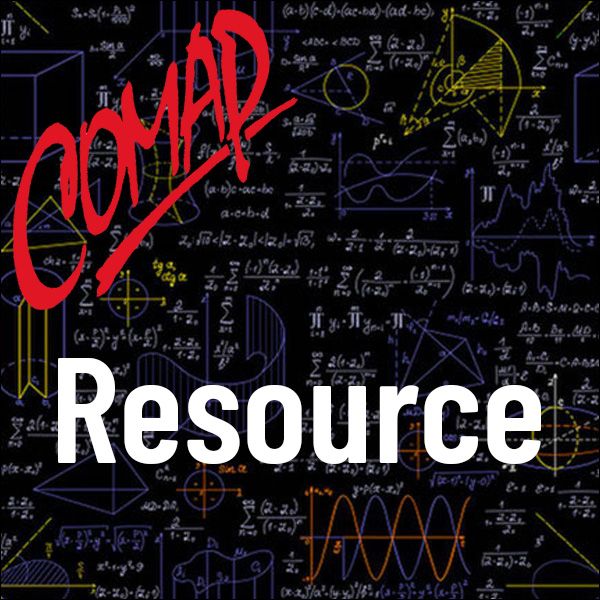Biomath Evolution by Substitution
Author: Kathleen Gabric and Jerry Lege
This-and other BioMath Modules under development-arose from a conference in April, 2005, held at the Center for Discrete Mathematics and Theoretical Computer Science (DIMACS) at Rutgers University, organized by Fred Roberts and Margaret Cozzens (both now at DIMACS at Rutgers University). The conference explored methods to establish connections between mathematics and biology, bringing together those who have tried it, those who have made it work on the undergraduate level, and those who know how to get new programs into the schools.
From that conference arose the NSF-sponsored Bio-Math Connection (BMC). It develops innovative classroom materials that highlight connections between mathematics and biology and helps teachers use the materials at various grade levels, in either biology or mathematics classes (or both). The main BMC products are 24 teaching/learning Modules (including this one), together with a book (containing some of the Modules) intended for a one-semester senior-level non-calculus-based course that will satisfy part of state requirements for a fourth year of mathematics or science. These materials are developed primarily for an audience of high school students, but with little adaptation they are suitable for college students too.
BMC is seeking topics, writers, reviewers, and users for further Modules. If you are interested, please contact COMAP
Evolutionary Relationships
Man has grouped organisms based on physical similarities for hundreds of years. Scientists have used these similarities to determine evolutionary relationships among organisms. For example, a mouse and a rat have many characteristics in common, more than a mouse shares with a chicken. Based on these observations, a mouse and a rat are more closely related to each other than they are to a chicken; therefore, they share a more recent common ancestor. Again based on similarities, a mouse is more closely related to a chicken than it is to a fish.

Mathematics Topics:
Application Areas:
Prerequisites:
You must have a Full Membership to download this resource.
If you're already a member, login here.